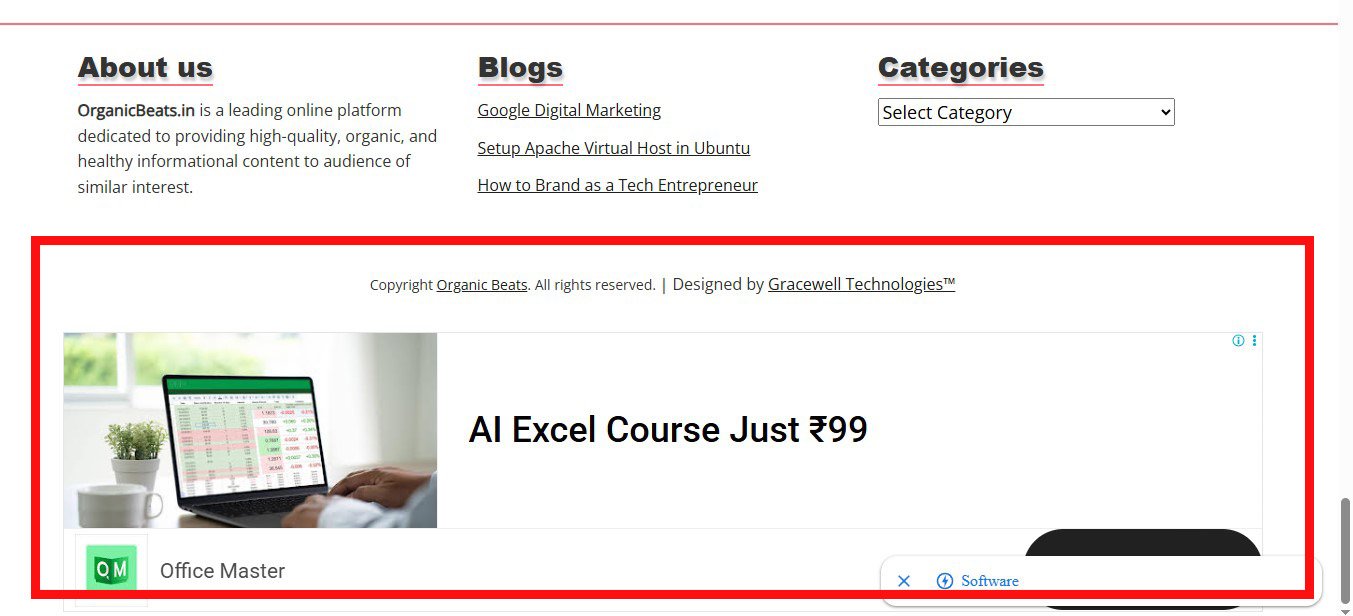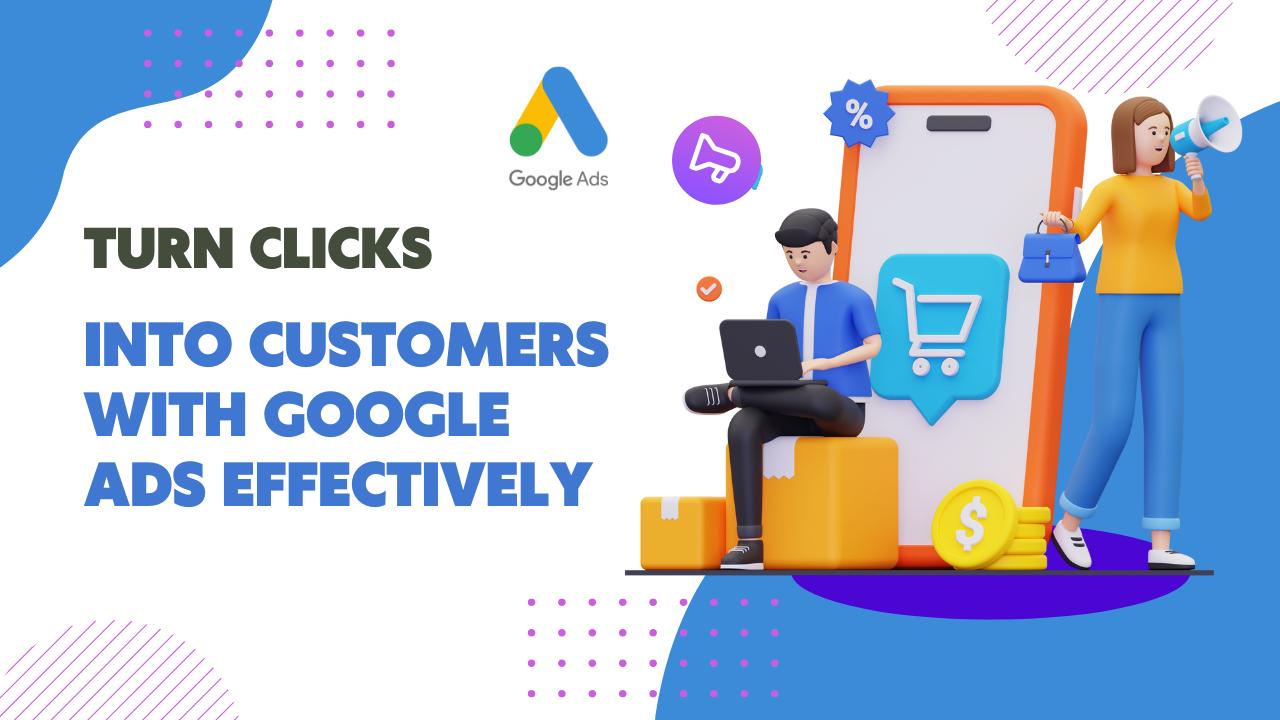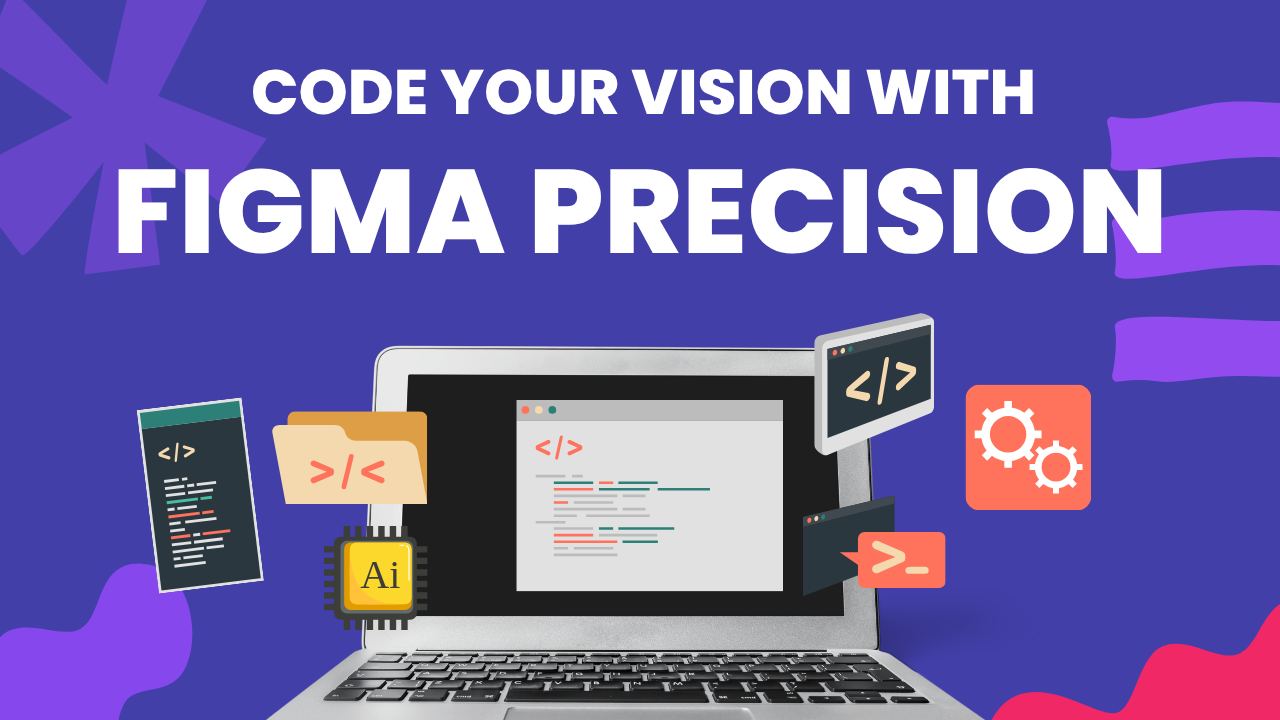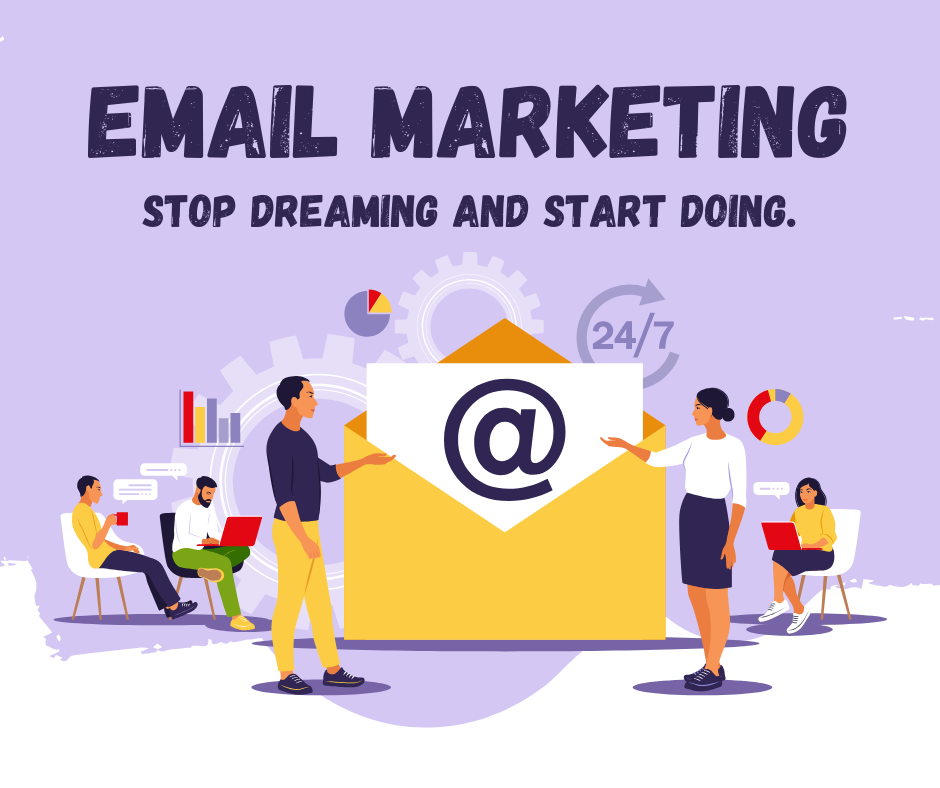Introduction : Google Ads
Looking to attract more clients, generate leads, and grow your business with precision? This guide will help you navigate the essentials of Google Ads success in 2025—whether you’re starting from scratch or refining an advanced campaign. Learn how to create high-performing, AI-enhanced campaigns that drive real ROI.
What Is Google Ads?
Google Ads is Google’s powerful online advertising platform that enables your business to show up across Search, YouTube, Gmail, Maps, and over 2 million websites. With billions of searches daily, it provides unmatched reach to professionals actively seeking solutions, products, or partners.
How Do Google Ads Work?
There are three players in the Google Ad process: the searcher, the advertiser, and the Google Ads platform. Each has a role in making the system work so that businesses can reach potential clients and users can find the most relevant services or products.
Here’s how the process works behind the scenes:
Advertisers bid on keywords in Google Ads
You, the advertiser, choose keywords relevant to your services and set bids on them. These bids determine how much you’re willing to pay for each click. You can also control your spend with a daily or monthly budget, making it scalable regardless of your business size.
Potential clients search for those keywords.
When a professional searches a keyword that you’ve targeted, Google assesses all ads competing for that term. They’ll see a set of ads relevant to their query based on factors like location, intent, and relevance.
Google ranks ads using Ad Rank.
Ad Rank is determined by two things: your bid and your ad’s Quality Score (which includes relevance, landing page quality, and expected click-through rate). Higher-ranked ads appear at the top of search results.
Users click on ads that meet their intent
If your ad resonates with the searcher, they’ll click through to your website or landing page. From there, they may convert by submitting a form, calling your team, or completing another desired action.
Types of Google Ads
- Search Ads – Perfect for capturing demand from professionals searching for specific services.
- Display Ads – Build awareness through visual banners across industry-relevant sites.
- Video Ads – Reach decision-makers on YouTube through storytelling and education.
- Shopping Ads – Highlight product features and price for faster purchasing decisions.
- App Ads – Promote and scale your business tools or client-facing apps.
- Performance Max – Use AI to optimize delivery across all of Google’s channels with minimal manual setup.

How to Use Google Ads
Convinced that you should start using Google Ads? Great. Getting started is straightforward, but strategic. Here’s a step-by-step guide for launching your first campaign:
1. Use a Google Ads Planning Template
Save time and effort by starting with a pre-built strategy. Our favorite is The Ultimate Google Ads PPC Kit, which gives you a complete blueprint to build a winning campaign.
2. Set Up Your Google Ads Account
Head over to ads.google.com and click “Start Now.” Sign in with your Google account or create a new one to begin.
3.Choose Your Business Name and Website
Enter your company name and the URL where your ad traffic will be directed. This ensures all ad clicks go to your intended landing page.
4.Select Your Advertising Goal
Options include: getting more calls, driving more website sales or sign-ups, increasing visits to a physical location, or growing YouTube engagement.
5. Craft Your Ad
Write compelling ad copy that addresses your customer’s needs. Google offers helpful writing prompts, but the best ads speak clearly and directly to your ideal audience.
Struggling with Google Ads? Let the Experts Take Over.
4 Pro Tips for Creating Winning Google Ads
- Use AI-Powered Campaigns
Leverage Performance Max to simplify and scale. Google’s automation handles placements, bidding, and creatives across multiple formats. - Focus on Quality Score
High relevance means better placement at lower cost. Align keywords, ad copy, and landing page for a seamless user experience. - Implement Robust Tracking
Use Google Tag Manager and Analytics to track leads, sales, and form submissions. We configure conversion tracking to link every dollar spent to business outcomes. - Continuously Test and Optimize
Split test ad formats, headlines, and targeting. Gracewell helps scale top performers and eliminate under-performers fast.
Google Ads Terms to Know
Ad Extensions
Boost engagement with additional links, contact buttons, or service details. These enhance visibility and credibility.
AdRank
Determines where your ad appears on the search page. Influenced by your bid and ad quality.
Bidding
Your bidding strategy dictates how much you’re willing to pay for each click or conversion. Smart bidding can adjust bids in real time to achieve your goals.
Campaign Type
Campaign types define the channels where your ads show—Search for intent, Display for visibility, or Performance Max for all-in-one automation.
Click-Through Rate (CTR)
CTR shows how many viewers clicked on your ad. High CTR = strong relevance and compelling messaging.
Conversion Rate
The percentage of users who complete a goal after clicking. A crucial measure of lead quality and landing page effectiveness.
Display Network
The visual side of Google Ads—over 2 million websites and apps that allow banner and video ad placement.
Impression
Each time your ad is shown counts as one impression. High impressions help build brand familiarity.
Keywords
Targeted phrases that trigger your ads. Choosing the right keywords is critical for precision targeting.
PPC (Pay-Per-Click)
You pay only when a prospect clicks your ad—ensuring your investment goes toward actual engagement.
Quality Score
Google’s rating of your ad relevance, landing page experience, and CTR. A high score leads to lower CPCs and higher rankings.
Additional Resources to Optimize Your Google Ads
Here are a few powerful tools and references to sharpen your campaigns:
- Google Ads Help Center – In-depth how-tos and policy guidance. ads.google.com/help
- Google Keyword Planner – Find high-intent keywords for your target audience.
- Google Skillshop – Free training courses on campaign setup, optimization, and certification.
- Gracewell Technologies Blog – Industry insights, AI ad strategy tips, and case studies from our team.
- SEMRush / Ahrefs – Third-party tools for competitive analysis and keyword gap identification.
- Google Trends – Stay current with trending search behaviors.
Whether you’re managing ads in-house or partnering with experts like Gracewell, these resources give you a strategic edge.
Conclusion
You don’t need a massive team to run a successful ad campaign—just the right partner. At Gracewell Technologies, we design results-driven campaigns tailored for professional service providers, SaaS firms, agencies, and enterprises that want to scale efficiently.With our help, you can:
- Increase qualified lead volume
- Reduce cost-per-acquisition (CPA)
- Stay ahead with AI-powered ad optimization
Author: Gracewell



